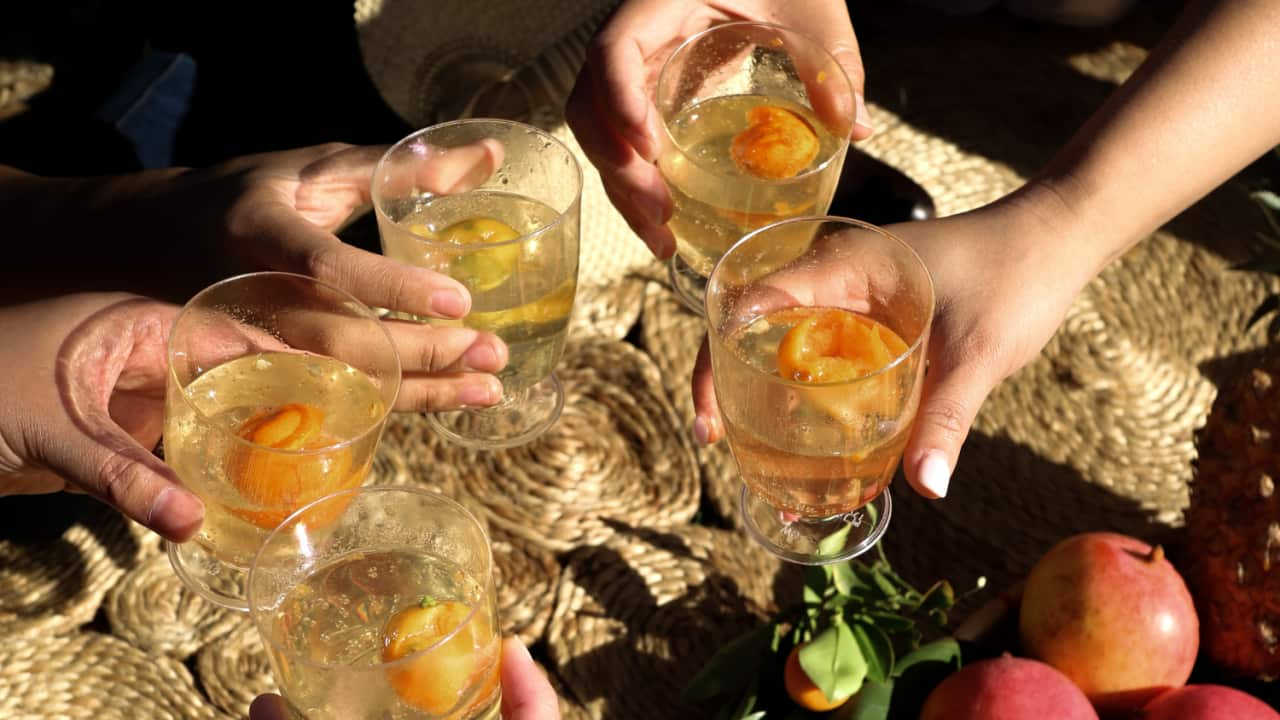Key Points
- 'The Calamansi Story' (book and film) will be launched on 1 April
- Seafood, Stars and Stories at the Seafarers, is part of the 2023 Melbourne Food and Wine Festival
- It is organized by Melbourne based The Entree. Pinays
Why the calamansi?
‘The calamansi is used as a vehicle into exploring the everyday migrant experience ’ explains Dr Kristine Aquino, co-editor of the Calamansi Story
The calamansi, for most Filipinos is often used and mixed with other condiments like the fish sauce, vinegar or as a topping to the pancit. Sociologist Dr Kristine Aquino adds, 'just like the calamansi the Filipino migration experience has similarities with its characteristics.'
Unsung hero
‘It is usually just an accompaniment, it is not the main feature of a dish; almost like an unsung hero, it is very unassuming, easily camouflaged while it’s growing and often misrecognized when planted here (in Australia) to a mini-mandarin or kumquat.’
The senior lecturer at the Faculty of Arts and Social Sciences at the University of Technology Sydney further explains ‘in many ways it resonates with the experience of the Filipino migrant in Australia. Somehow, Filipino migrants have lived under the radar, as a migrant group. In many ways were are considered as very well integrated into the Australian society, whether that’s economically integrated or culturally integrated . Coming into Australia Filipinos are equipped with English skills and have high educational attainment. They are both seen as markers for successful integration. In many ways its seen as an unproblematic community, in the spectrum of Australian multiculturalism.’

In Australia, the calamansi is often misrecognized for a kumquat. Credit: supplied by The Entree. Pinays
On the other end of the spectrum, similar to calamansi being misrecognized, Aquino says that many Filipino migrants have also been misrecognized. In her research she has pointed out that ‘there are instances that Filipino migrants are made almost invisible in relation to the migrant status. In the other end of the spectrum, there are is the sensationalized ideas of the Filipino migrant identity. Filipino women have been labelled as mail-order-brides during the eighties and nineties in the mainstream media or being depicted as exploited domestic workers.’
Language and Tastes have changed
During the nineties, the rhetoric was often focused on assimilation and the Australian multicultural society was often described as a melting pot of cultures. Recent years have seen a shift to acknowledging and accepting diversity.
‘It has changed.Now there is an acceptance of multicultural norm, but in many ways as this book tries to use food more broadly as an everyday lens to the Filipino migrant experience.’ Aquino goes on to explain using the term ethnic eating as a vehicle to engage with difference.
Is this where fusion comes in? She replies, ‘even in fusion, the meal or dish is adjusted to the mainstream palate. It also adjusts to the taste the food is marketed to.’
Calamansi Story launch is part of the for the 2023 Melbourne Food and Wine Festival 1-2 April at The Mission to Seafarers-Victoria.







